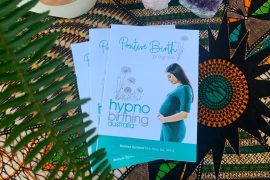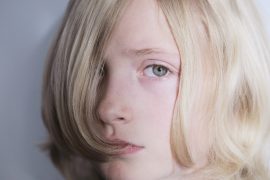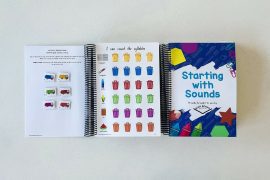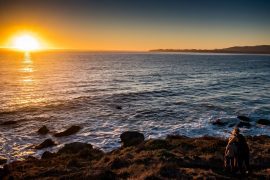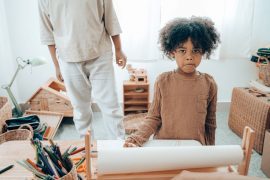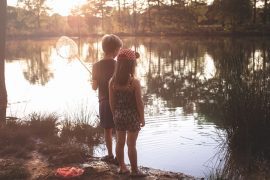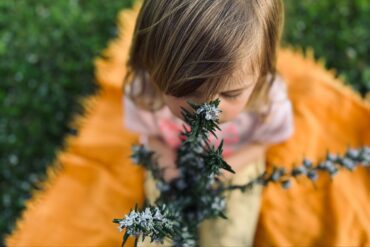Montessori for the Primary Years
In New Zealand Montessori education does not end with the early childhood (3-6) experience. Many primary classes have been established in the last 15 years, providing education for 6-12 year olds.
Quest for Knowledge
In Montessori primary the child’s questions are encouraged and provide the basis for exploration of the world; the child really connects with knowledge when she has initiated the search for answers. A Montessori education aims to give the child a vision of interrelated knowledge and a love of learning. Integrated studies introduced by the Montessori teacher are ”offerings” for intellectual development of the child and provide both a focus and a point of departure for the child. Learning occurs when interesting connections are brought into consciousness through self-discovery.
Community of Learners
Montessori primary is based on multi-age groupings. Montessori primary classes have children from 6-12 years, with 6-9 year olds and 9-12 year olds often forming two groups. The multi-age grouping provides children with opportunities for social development. Social relations, including tolerance and respect for oneself and for others, is also a strong part of the Montessori curriculum. Friendships developed in a multi-age setting have depth, and a wide range of ages and abilities builds in each child a tolerance and appreciation for people’s differences. Relationships within the class and their complexities are supported by sensitive and respectful adults who facilitate and help the children to take responsibility for their community.
The multi-age groupings also enhance learning. Younger children are inspired by the older children’s activities and try to emulate their progress. The older children benefit by reinforcing their own knowledge “teaching” younger children.
Primary Learning Environment
The environment and class culture should excite the imagination and entice the primary age child into a quest for knowledge. Historical timelines, pictorial charts, concrete mathematical materials, reference books, stimulating discussions, a teacher to facilitate and support learning are all features of a Montessori primary class.
The self-learning structure of a Montessori classroom frees the teacher to give a child the individual attention he needs, when he is ready, when his interest is high and curiosity aroused, instead of when the whole class is ready. The teacher plans for each child individually, providing guidance and offering challenges according to the child’s strengths and needs.
Individual planning, one-on-one lessons and small group work ensure that a child is neither held back nor left floundering by the larger group. In a Montessori class an attitude to learning is developed where the child is not afraid to try new challenges and will be able to go into things in depth without limiting himself. Children work at theirown pace. Children can excel where there is a natural aptitude, and work steadily on areas which need more time to master.
Where to find Montessori ece centres and primary classes?
In New Zealand there are over nearly 100 Montessori ece centres, catering for children from age 3 to 6 years and many Montessori primary classes; mainly private or located in state primary schools.
A Parent Guide to Choosing Montessori is available at www.montessori.org.nz/choosing-montessori and you can find centres or schools at www.montessori.org.nz/school-search.
Ana Pickering is the former executive officer of Montessori Aotearoa New Zealand.


